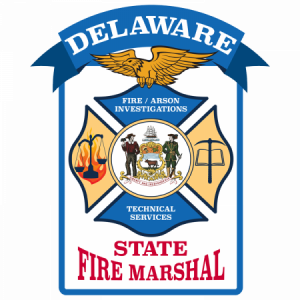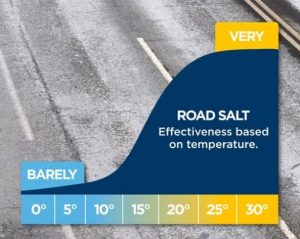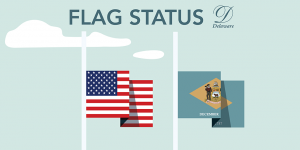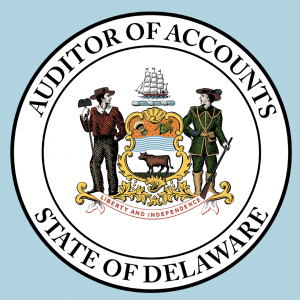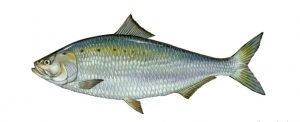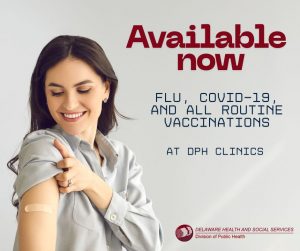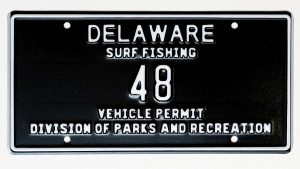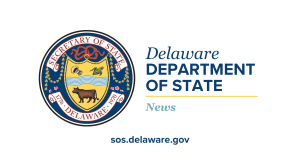DOVER – New fish consumption advisories issued today by the Department of Natural Resources and Environmental Control (DNREC) and the Department of Health and Social Services’ Division of Public Health (DHSS/DPH) show that the concentration of chemical contaminants in fish caught from Delaware waterways continues to decline – which indicates water quality is improving throughout the state and also means that fish caught in many Delaware waters can be eaten today with lowered concerns about risks to public health.
Fish consumption advisories are recommendations by DNREC and DHSS to limit or avoid eating certain species of fish caught in local waters due to potential health risks from contaminants. The latest advisories convey that anglers and the public can eat more fish caught locally, while keeping health risks low and enjoying the dietary health benefits that fish provide. The agencies’ recommendations on the safe amount of fish that can be eaten are based on the testing of these fish by DNREC and an assessment of the health risks associated with their consumption.
The updated advisories communicate continuing good news to anglers and anyone who would include locally-caught fish in their diet, by following the same trend as the 2016 fish consumption advisories that showed some of the most significant declines in fish tissue contaminant concentrations since the state began assessing contaminants in fish in 1986.
“Seeing the positive results of regional efforts to restore water quality and the health of Delaware’s aquatic resources is very exciting and encouraging,” said DNREC Secretary Shawn M. Garvin. “I anticipate that, with continued cleanup efforts and cooperation between DNREC, DHSS, and our regional partners who include New Jersey Department of Environmental Protection and the Delaware River Basin Commission, that we will continue to see a trend of improvement into the future.”
“The improved water quality allowing people to eat more fish caught in local waterways is good news across the board,” said DHSS Secretary Dr. Kara Odom Walker, a board-certified family physician. “Consuming fish is an essential part of a healthy diet because fish contain so many key nutrients, are low in saturated fat and contain omega-3 fatty acids. The updated advisories will help Delawareans make good decisions for themselves and their families about the right kinds of fish to eat from our state’s waterways, as well as the right amount.”
Many of the contaminants that prompt fish consumption advisories in Delaware are “legacy pollutants” – chemicals, such as polychlorinated biphenyls (PCBs), the banned insecticide DDT, and dioxins and furans that were released into waterways in significant quantities in the past. These legacy pollutants are slow to break down in the environment and can accumulate in fish as well as in bottom sediments of lakes, streams and estuaries.
The improvements, evidenced through relaxed advisories, are largely the result of declining PCB concentrations in fish, as much as 50 to 60 percent less in some state waters. The reduction in PCB levels is attributable to several efforts, including state-of-the-science testing to identify, prioritize, and control remaining sources of contaminants and to innovative clean-up strategies, including adding activated carbon and quicklime to sediments that bind contaminants and limit their transfer to the water and fish.
The latest updates to Delaware’s fish consumption advisories include the tidal Delaware River, the lower Delaware River and Delaware Bay, Atlantic Coastal waters, Waples Pond, Prime Hook Creek and Slaughter Creek. Additionally, a special study conducted in 2016 and 2017 indicates that the Red Clay Creek in New Castle County can be reinstated this year as a stream suitable for trout stocking by DNREC’s Division of Fish & Wildlife, more than 30 years after being taken off the state’s trout-fishing list due to contaminant concerns.
Fish consumption advisory data can be found on the DNREC website. Fish consumption advisory charts can be found on DNREC’s Division of Fish & Wildlife website. For more information, please contact John G. Cargill, phone: 302-739-9939 or email: John.Cargill@delaware.gov.
Media contacts:
Michael Globetti, DNREC Public Affairs, 302-739-9902
Jill Fredel, DHSS Director of Communications, 302-255-9047
Vol. 48, No. 32
-30-



